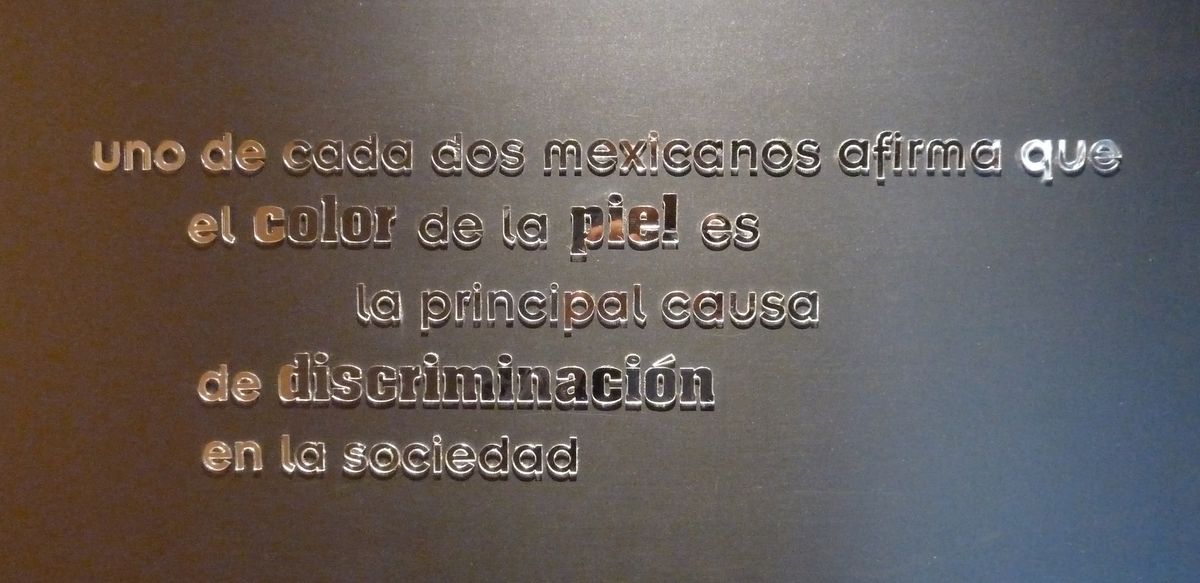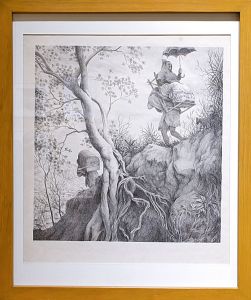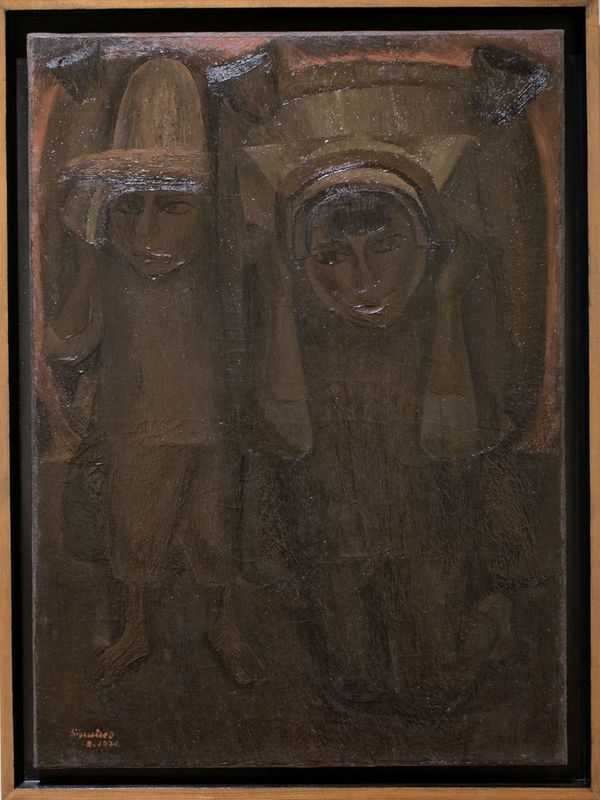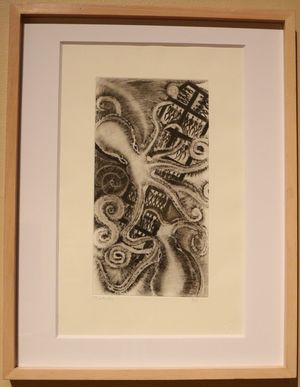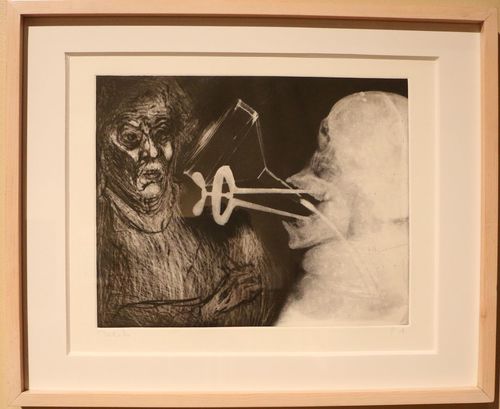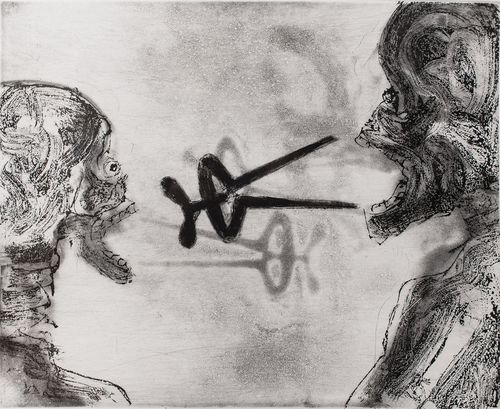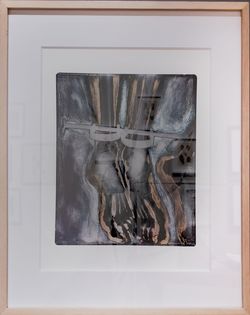 Juan Guzmán. Chamulas carrying travelers in the mountains, ca. 1955. Digital Print. Juan Guzmán Archive, Televisa Foundation Collection.
Juan Guzmán. Chamulas carrying travelers in the mountains, ca. 1955. Digital Print. Juan Guzmán Archive, Televisa Foundation Collection.
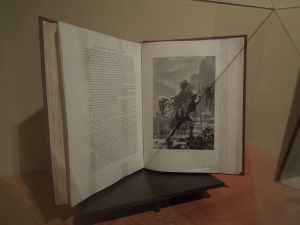
Slavery in Mexico
Just as occurred in the United States, slaves from across Africa were brought to Mexico. Little is known about them: to this day, there is a debate about their numbers. The slave ships left the coast of West Africa with their human cargo, transported like animals, and set sail for the American continent. A very high percentage of them died along the way, with many others arriving in poor health, making the slave markets into a depressing scene.
The conditions experienced by slaves were quite varied. Punishments for attempted escapes were extremely cruel, and those who preferred to die by refusing food were forced to eat using equally crude instruments. Even still, there were many slaves who managed to escape, taking refuge in indigenous communities, giving rise to a cultural mix.
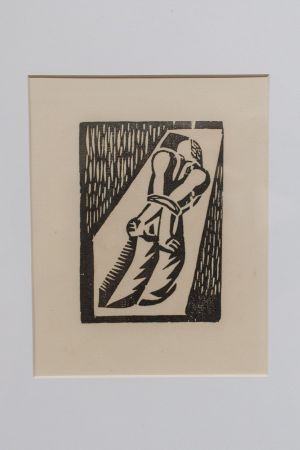 David Alfaro Siqueiros. The Slave. Ca. 1930, Engraving, Wood and Wire. Andrés Blaisten Archive, Francisco Díaz de León Collection.
David Alfaro Siqueiros. The Slave. Ca. 1930, Engraving, Wood and Wire. Andrés Blaisten Archive, Francisco Díaz de León Collection.
There were dozens of rebellions, few of them well-known but all brutally repressed. The so-called Massacre of the 33 Negroes, perpetrated in 1612 in the Plaza Mayor of downtown Mexico City, was ordered by the government in order to provide a warning to the slave population in the face of a wave of rebellions across the country.
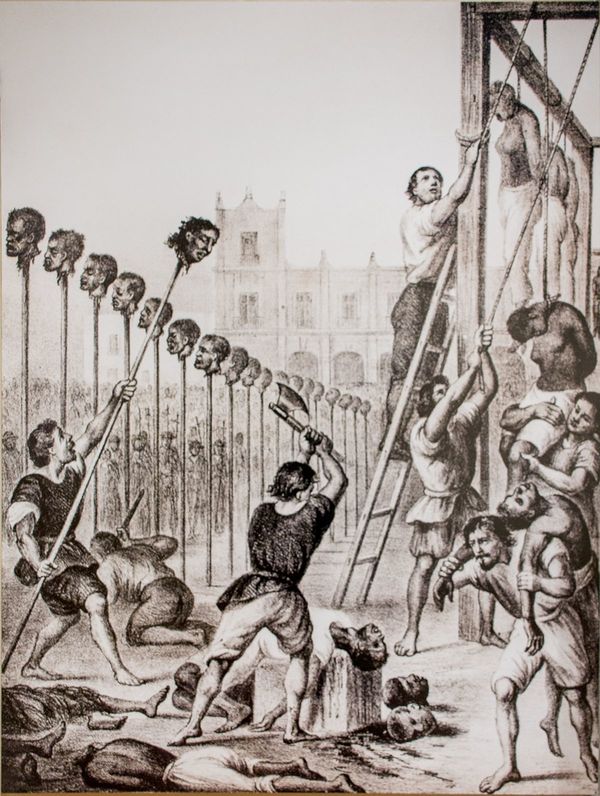 Hesiquio Iriarte. The Thirty-Three Negroes, ca. 1905 in The Red Book. Digital Print, César Carrillo Trueba (Facultad de Ciencias de la UNAM) Collection.
Hesiquio Iriarte. The Thirty-Three Negroes, ca. 1905 in The Red Book. Digital Print, César Carrillo Trueba (Facultad de Ciencias de la UNAM) Collection.




